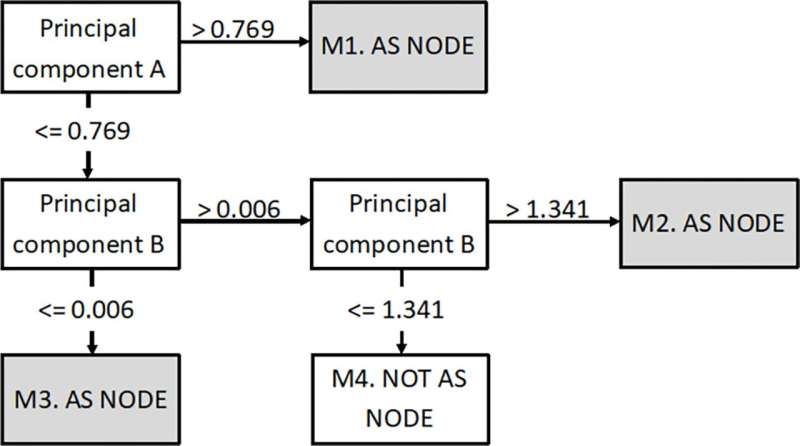
A study by Swansea University has revealed how machine learning can help with the early detection of Ankylosing Spondylitis (AS) inflammatory arthritis and revolutionize how people are detected and diagnosed by their GPs.
Published in the open-access journal PLOS ONE, the study has been carried out by data analysts and researchers from the National Centre for Population Health & Wellbeing Research (NCPHWR).
The team used machine learning methods to develop a profile of the characteristics of people likely to be diagnosed with AS, the second most common cause of inflammatory arthritis.
Machine learning, a type of artificial intelligence, is a method of data analysis that automates model building to improve performance and accuracy. Its algorithms build a model based on sample data to make predictions or decisions without being explicitly programmed to do so.
Using the Secure Anonymised Information Linkage (SAIL) Databank based at Swansea University Medical School, a national data repository allowing anonymized person-based data linkage across datasets, patients with AS were identified and matched with those with no record of a condition diagnosis.

The data was analyzed separately for men and women, with a model developed using feature/variable selection and principal component analysis to build decision trees.
The findings revealed:
- In men, lower back pain, uveitis (inflammation of the eye’s middle layer), and non-steroidal anti-inflammatory drug (NSAID) use under age 20 are associated with AS development.
-
Women showed an older age of symptom presentation compared to men with back pain and multiple pain relief medications.
-
The test data had a good prediction rate of around 70%-80%; however, when applying the model to a general population, the team felt multiple models might be needed to narrow down the population over time to improve the predictive value and reduce the time to diagnose AS.
Dr. Jonathan Kennedy, Data Lab Manager at NCPHWR and study lead, said, “Our study indicates the enormous potential machine learning has to help identify people with AS and better understand their diagnostic journeys through the health system.”
“Early detection and diagnosis are crucial to secure the best outcomes for patients. Machine learning can help with this. In addition, it can empower GPs—helping them detect and refer patients more effectively and efficiently.”
“However, machine learning is in the early stages of implementation. To develop this, we need more detailed data to improve prediction and clinical utility.”
Professor Ernest Choy, Researcher at NCPHWR and Head of Rheumatology and Translational Research at Cardiff University, added, “On average, it takes eight years for patients with AS from having symptoms to receiving a diagnosis and getting treatment. Machine learning may provide a useful tool to reduce this delay.”
Professor Kieran Walshe, Director of Health and Care Research Wales, added, “It’s fantastic to see the cutting-edge role that machine learning can play in the early identification of patients with health conditions such as AS and the work being undertaken at the National Centre for Population Health and Wellbeing Research.”
“Though it is in its early stages, machine learning clearly has the potential to transform the way that researchers and clinicians approach the diagnostic journey, bringing about benefits to patients and their future health outcomes.”
More information:
Jonathan Kennedy et al, Predicting a diagnosis of ankylosing spondylitis using primary care health records–A machine learning approach, PLOS ONE (2023). DOI: 10.1371/journal.pone.0279076
Journal information:
PLoS ONE
Source: Read Full Article


